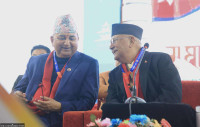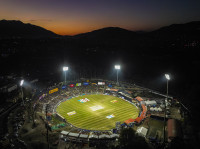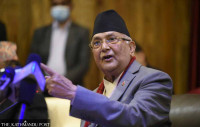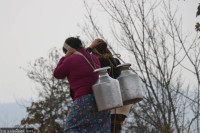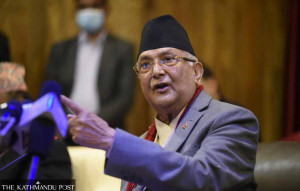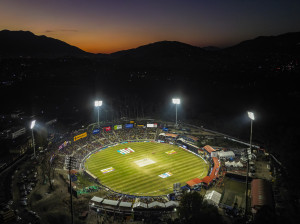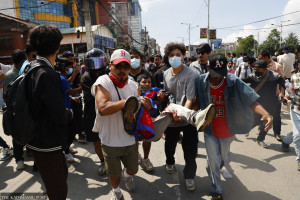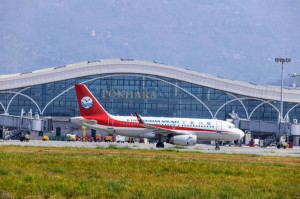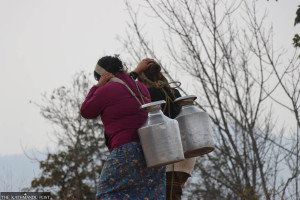Editorial
The forest from the trees
It seems that the government is once again sending conflicting messages and skipping essential steps while formulating new policies and directives.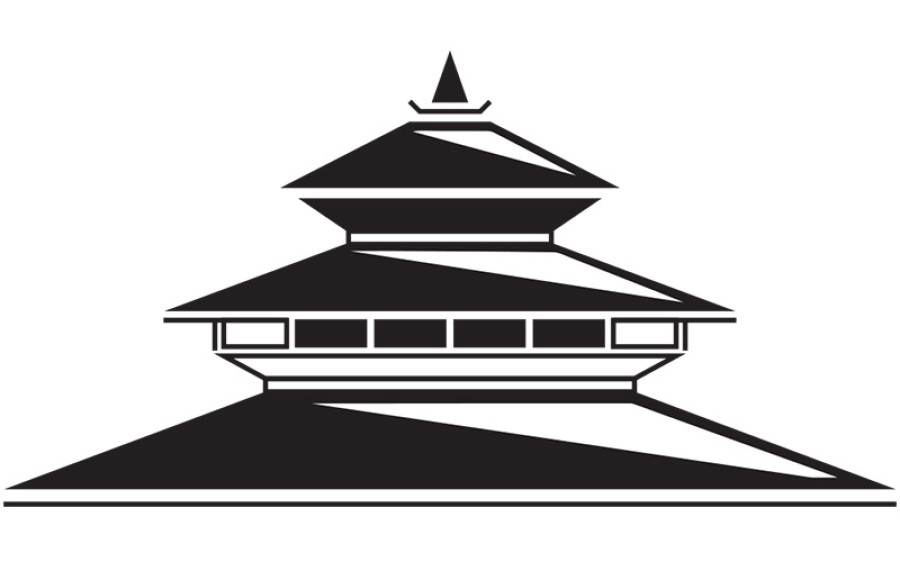
It seems that the government is once again sending conflicting messages and skipping essential steps while formulating new policies and directives. This time around, the fate of the Parsa National Park (PNP) hangs in the balance as government officials squabble over the area of the park.
Last week, it came to light that a proposal to increase the size of PNP was floating around different government agencies. The plan was to increase the size of the park by appropriating around 95 percent of the land currently being run by community forest groups in the districts of Bara and Rautahat. While the idea to move community forests into national parks may look good on paper, the reality could be different. Many people who live in cohesion with the forest would be affected from sustainably using resources within these areas. According to Chairperson of the Bara chapter of the Federation of Community Forest Users Nepal (FECOFUN), Ramji Bajgain, high-level government officials and interest groups are lobbying and pressuring the Forestry Ministry to execute this plan. The members of the community forest groups in the area have obviously been against this. The forest land in question has been managed by the communities for the past 20 years. According to the legal adviser to FECOFUN, Dil Raj Khanal, the government’s plan is arbitrary. It is obliged to hold public hearings and conduct feasibility and impact assessments.
This week, news coming out of the centre has left everyone scratching their heads. In a meeting last Friday, the Cabinet decided to grant 700 hectares of parkland to a religious group led by Ram Bahadur Bamjan. This was done without consulting the concerned stakeholders—in this case the District Forest Office (DFO) and the PNP. The land in question, in the Halkhoriya area, has been deemed by the Chief Conservation Officer at PNP, Haribhadra Acharya, to be very important to conservation and environmental protection efforts. Being a wetland, it helps recharge water levels for the Chure area, besides being valuable to wildlife due to its water resources, according to Acharya. The government giving attention to the religious group’s demands is also against existing regulations. Provisions in the Forest Act require any group to go through DFOs if it wants to utilise forest land.
The government’s plans regarding Parsa National Park, if implemented, are not only contradictory, but create serious questions about its intentions. Community forests in Nepal have been hailed as a leading model of sustainable conservation in the world. Active community forest management practices allow for an opportunity for people to utilise local resources, while playing a direct role in conversation efforts—the local people’s livelihood depend on sustainable access to forest resources. Why consider a plan, especially without consulting experts and the community, to move community forests from the control of locals and in to park management? Then again, why plan to remove an important wetland at the ‘core’ of the national park, only to hand it in to a religious group? The government should act responsibly, and conduct detailed impact and feasibility assessments. Moreover, all stakeholders, from the local community to Park officials to conservationists should be consulted before any plans are implemented.




 14.12°C Kathmandu
14.12°C Kathmandu
